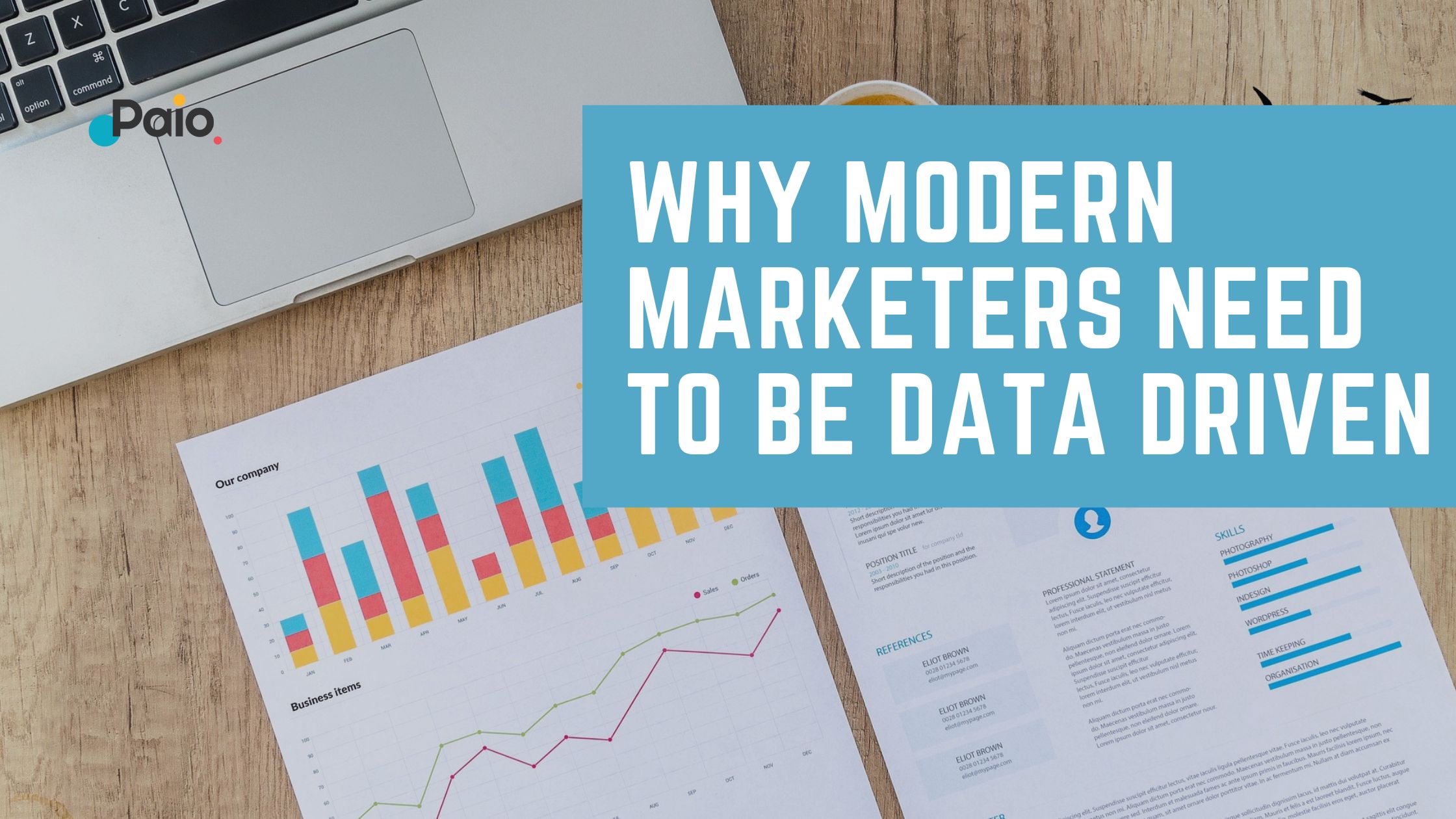As technology continues to evolve, many new device categories, including smartphones, tablets, smartwatches, VR headsets, and many more, continue to come up. On most of these devices, people now mainly rely on custom applications to access content and services on the internet. However, no one should lie to you that the use of browsers is dead.
Data from Statista shows that over 3.2 billion people on the internet still use chrome to access information and services on the web. This number includes both mobile and desktop users. Such stats clearly show that browser technology is not dead and not even showing signs of dying any time soon.
So, as a marketer or business owner, it is necessary to develop ways to integrate browsers into your overall marketing strategy. Web push is one of the most tested strategies for marketing in browsers. In this article, we will share why and how web push is still one of the most effective ways to drive online engagement.
Best way to target desktop users
Yes, the number of people using mobile devices to access the internet finally surpassed those using desktop computers. However, we still have billions of users that still rely on their desktop computers to look for content and services on the internet. Most of the fancy mobile apps out there do not have a custom desktop version. Instead, they have web apps that you access through the browser.
The apps with desktop versions are also not as intuitive as their mobile alternatives, so most people resort to web apps to access them. It is also much easier to switch between different browser tabs than switching between various apps on a desktop. So, if you want to target desktop users, web push is one of the most effective ways to do it since these folks spend most of their time in the browser compared to custom apps.
The only people who probably use custom applications more are professionals such as video editors, engineers, architects, etc. For most people, all their work on their computers can be done within a browser since almost every handy application out there now has a web application.
Links are much easier to open in the browser.
When you receive a link in a given mobile app, opening it will redirect you to a browser. To some people, this is undesirable because it involves switching from one app to another. However, with web push, these links are opened in a new tab, so the chances of the person opening these links are way higher since they don’t have to switch to a different app to open them.
So, if you try out web push, you may be surprised by the number of people that actually open the links in your notification when compared to other channels like SMS and email marketing. However, getting more clicks requires these notifications to use a language that triggers people to take action. Otherwise, the click rates might disappoint you.
They can be delivered based on action.
One of the ways you can take advantage of web push notifications is by delivering them based on the actions someone takes on your website. For example, when someone checks out a product and makes a purchase, you might send them a notification showing them complementary or related products to what they have just purchased.
Notifications that are sent based on the users’ behavior usually get more engagement, which could lead to more conversions for the specific product or service that you are trying to sell. This can be done using an automation marketing tool. So, take time to look for a marketing automation tool that will help you run such campaigns.
Final thoughts
Web push could easily be one of the most underrated marketing channels when you consider how much impact it has when well-implemented. All you need is to have the right information about your customers to determine how best to reach them through the browser.
If customers accept to receive notifications from your site, their chances of opening them will be high compared to other channels where marketers don’t have the option of consenting to receive notifications from you.


.jpg?width=70&name=11822273_869376790464_4398309784822550341_n%20(1).jpg)


